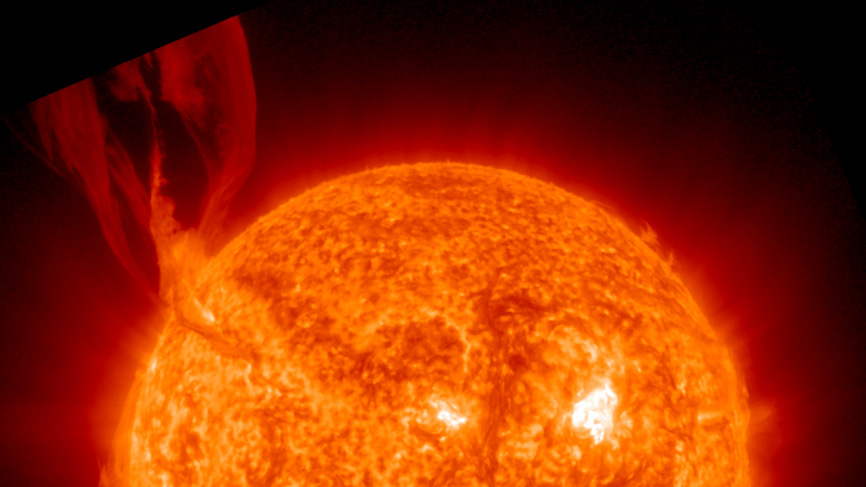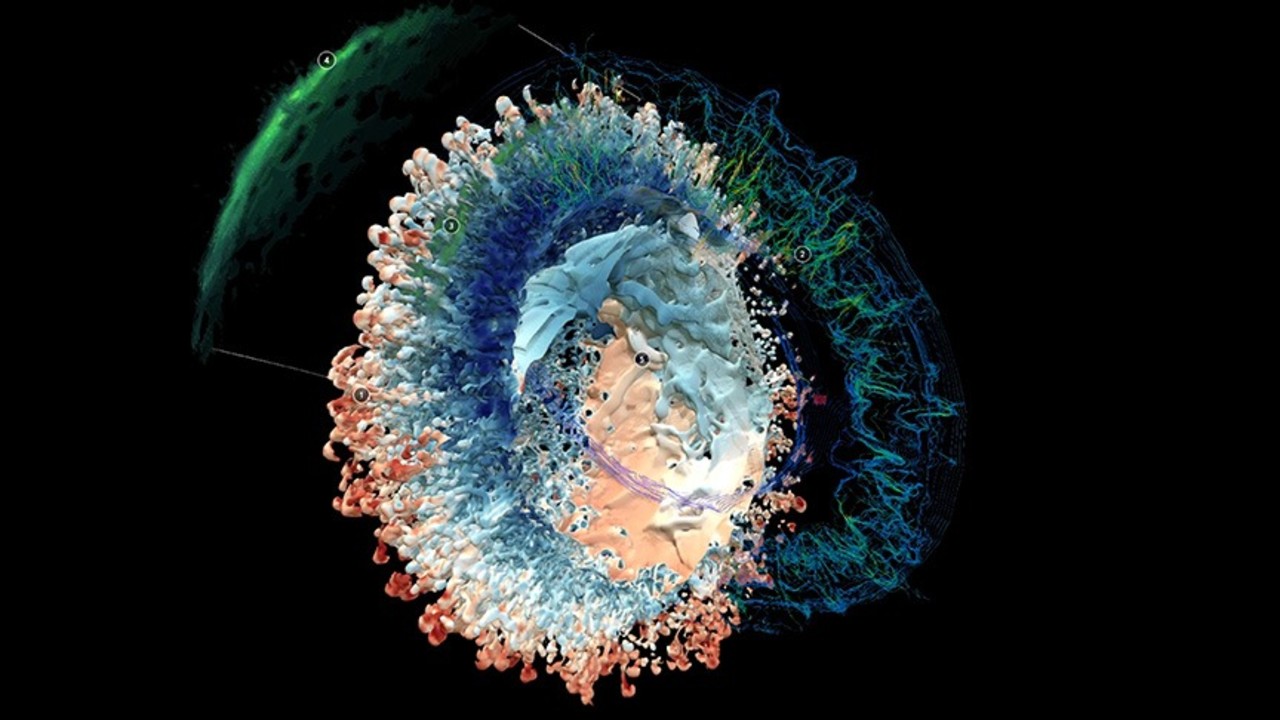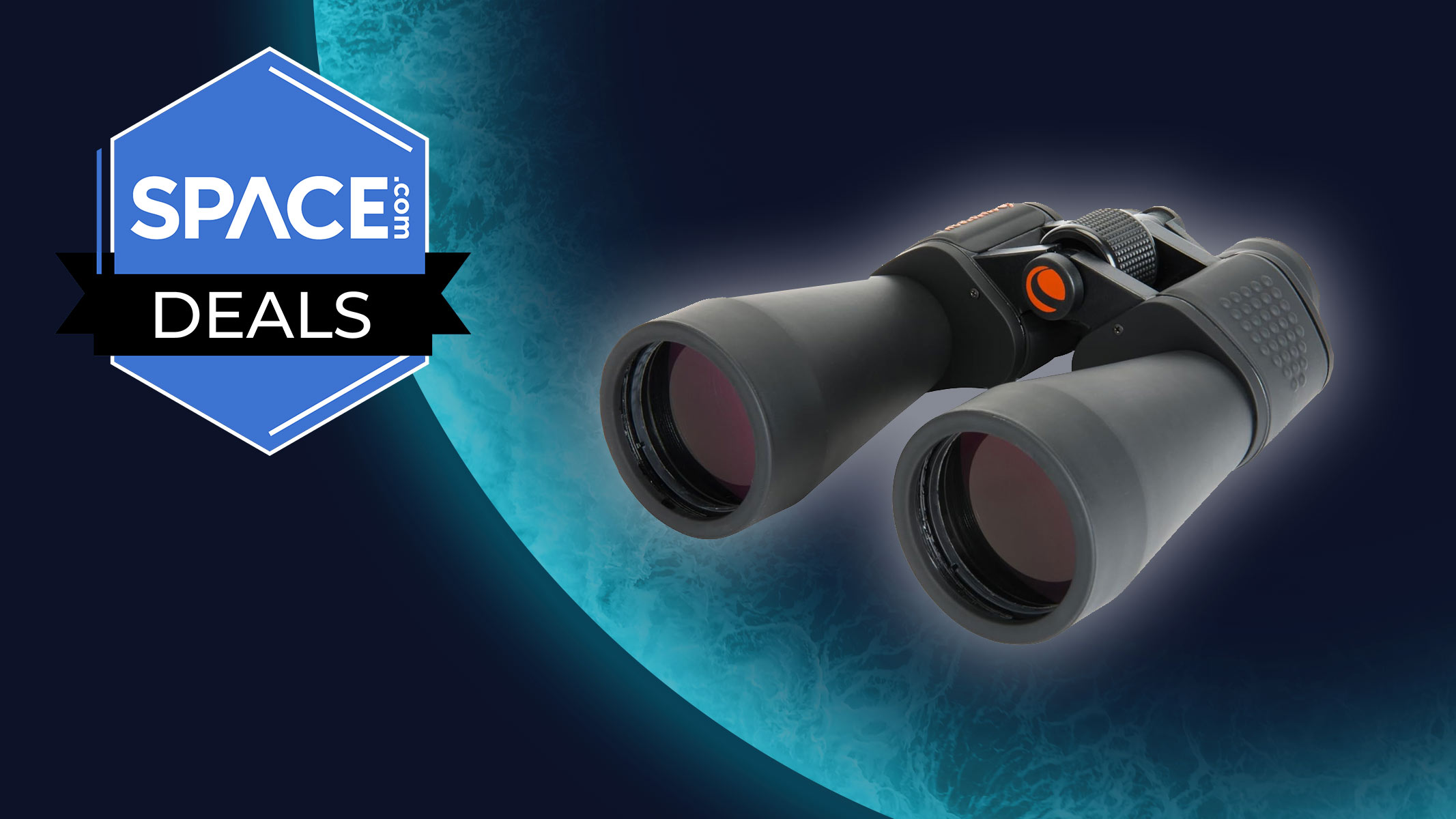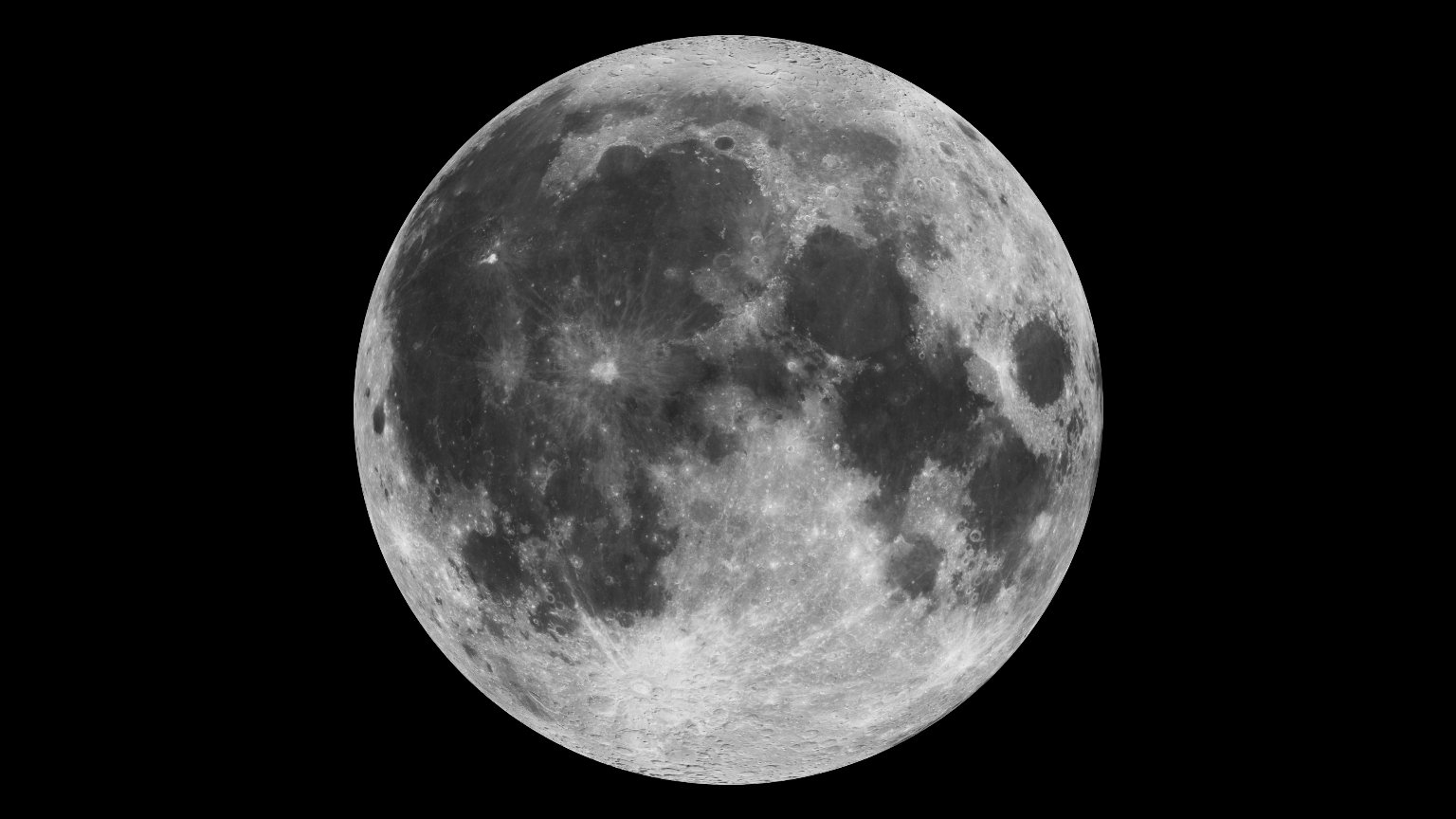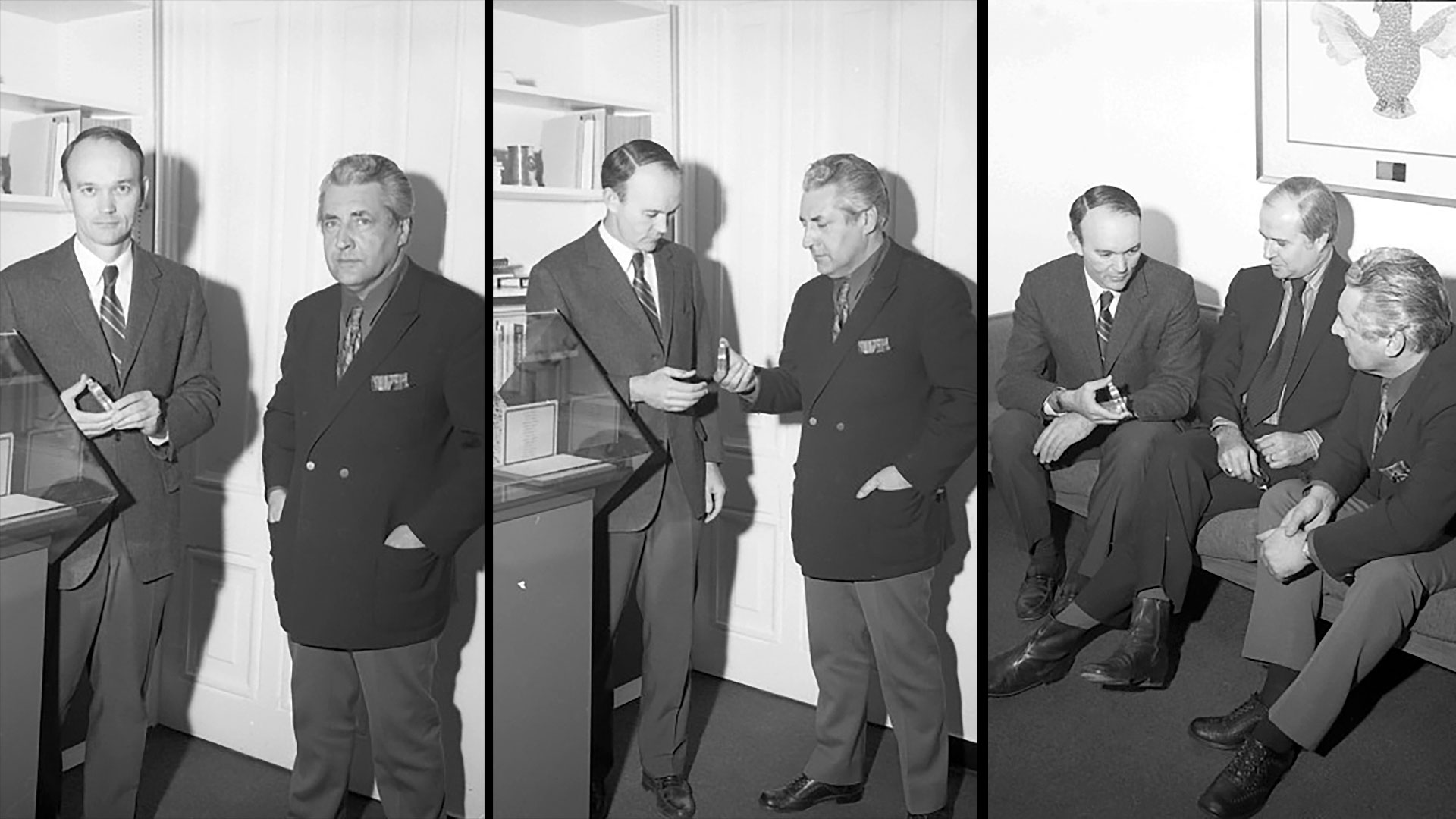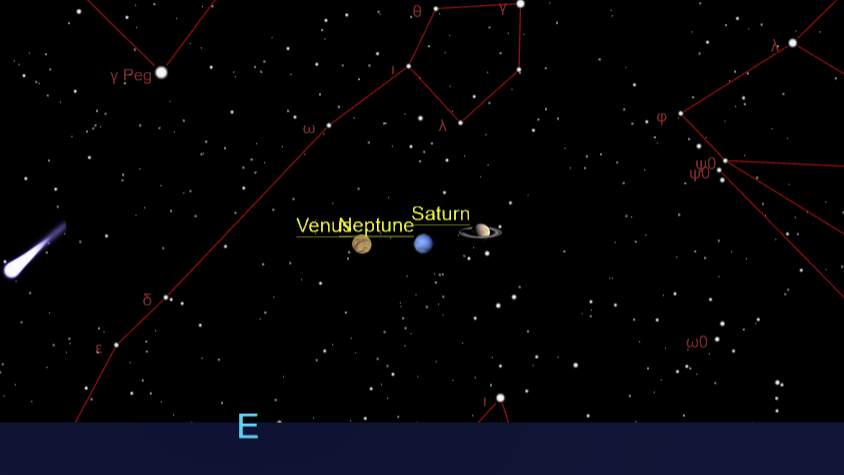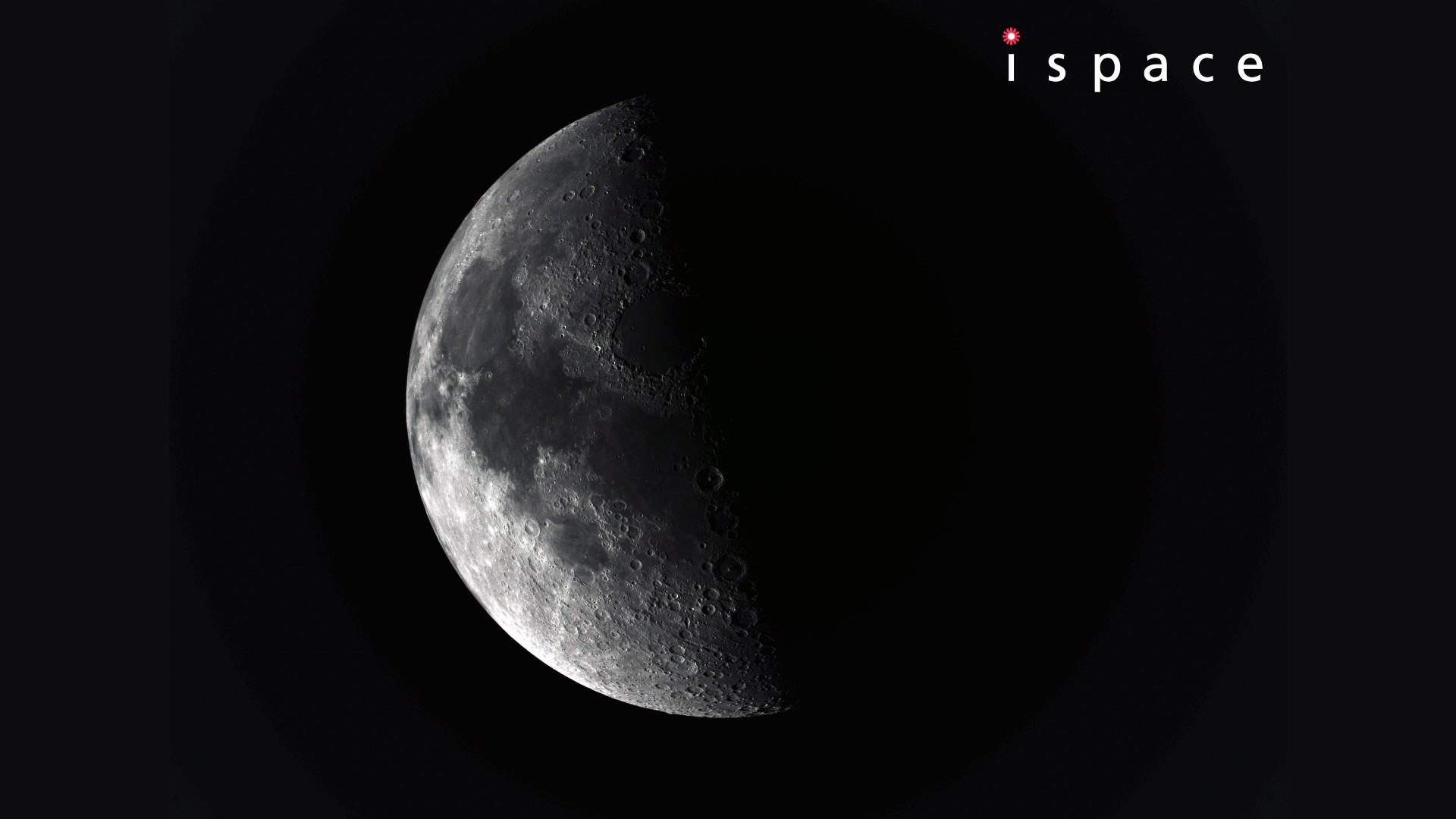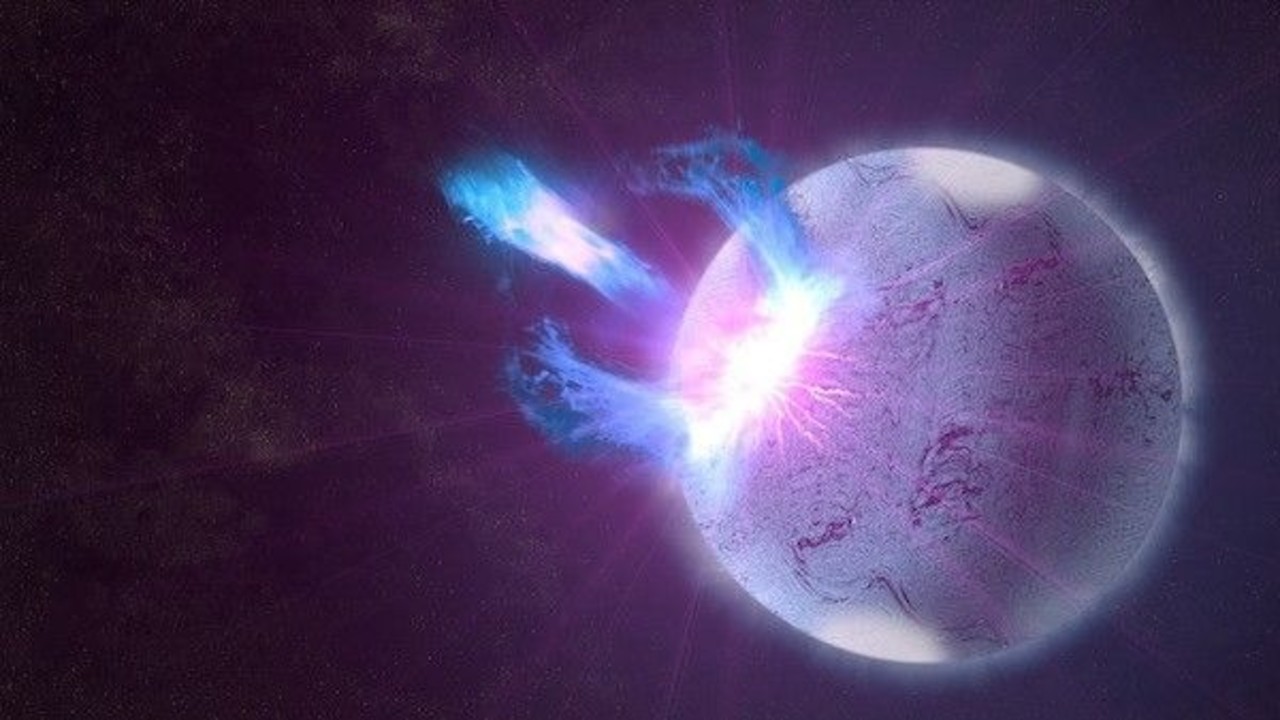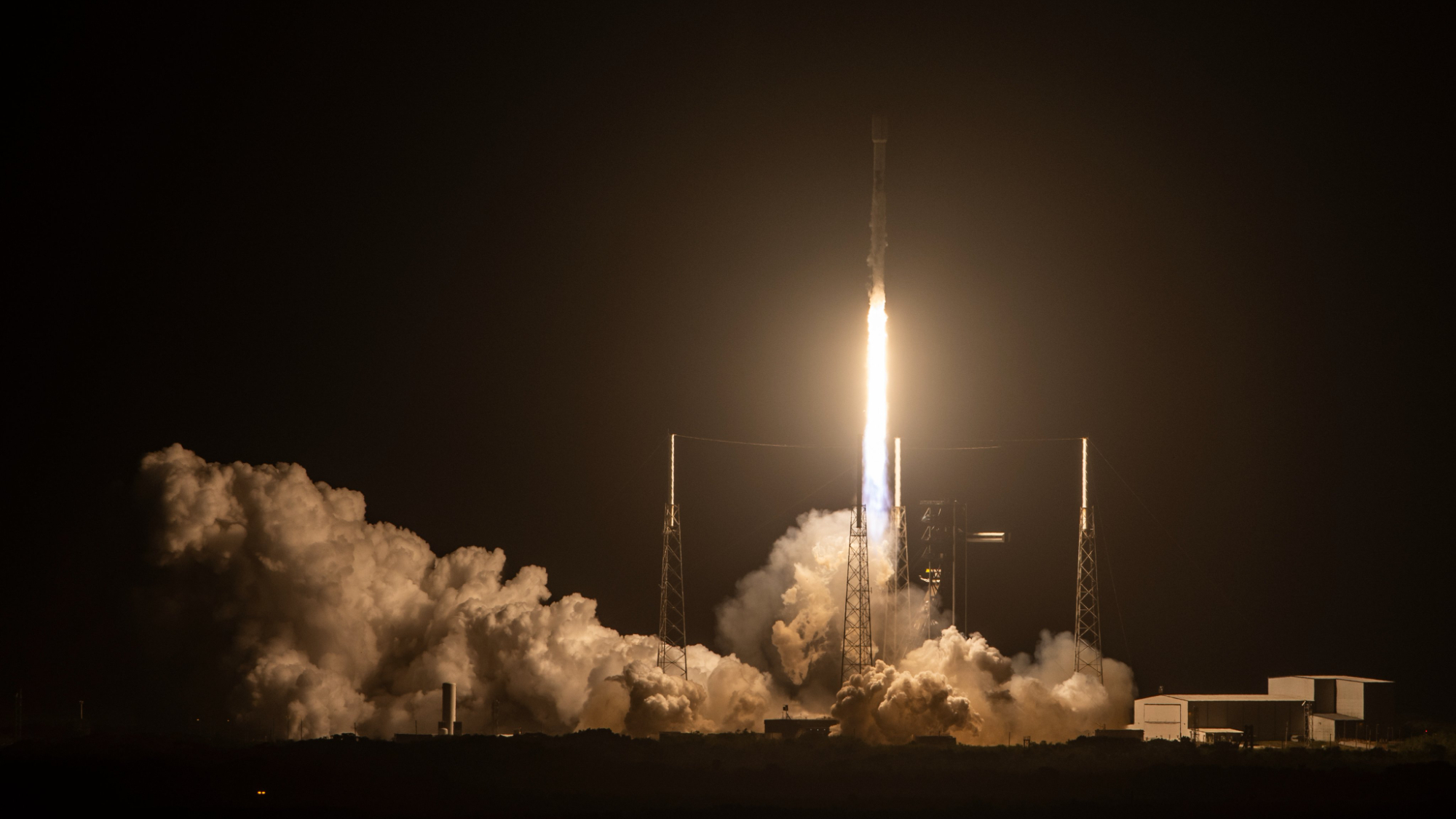Astronauts Inspect Space Shuttle for Damage
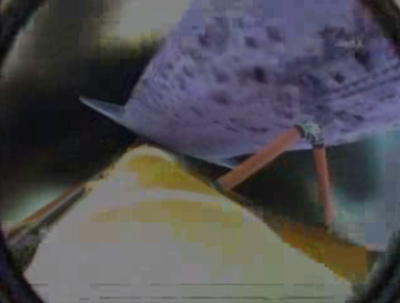
Thisstory was updated at 12:13 a.m. EDT, Aug. 30.
Astronautsaboard the space shuttle Discovery inspected their spacecraft?s vital heatshield for damage today as they chase down the International Space Station fora Sunday rendezvous.
Shuttlecommander Rick Sturckow and his crew used a sensor-tipped pole attached toDiscovery?s robotic arm to conduct the six-hour survey of heat shield panelslining the shuttle?swing edges and nose cap. The inspection has been a standard chore forastronauts since the 2003 Columbia disaster to seek out any damage caused byfuel tank debris during the launch into orbit.
?It?s athorough process that we go through and we have a lot of confidence now that wecan determine any damage that the shuttle might have,? said Discovery astronautPatrick Forrester, lead shuttle arm operator for the flight, in a NASAinterview.
Theinspection was expected to last most of the night. Discovery is due to dock atthe space station late Sunday at 9:03 p.m. EDT (0103 Aug. 31 GMT).
Shuttle flightdirector Tony Ceccacci said that, so far, Discovery appears to be in fine shapesince its midnight launch Friday. A blown fuse at a communications station inNew Mexico did delay some of the survey data from reaching Mission Control, butwas fixed promptly, he added.
Shuttlehealth check
Get the Space.com Newsletter
Breaking space news, the latest updates on rocket launches, skywatching events and more!
Discoverylifted off late Friday from NASA?s Kennedy Space Center in Florida at 11:59p.m. EDT (0359 Aug. 29 GMT) to begin a 13-day resupply flight to theInternational Space Station. Because the shuttle launchedat night, Discovery astronauts were unable to photograph their foam-coveredexternal fuel tank as it separated from the shuttle once the spacecraft reachedorbit.
Sturckow,however, did fire Discovery?s thrusters to guide the shuttle over the 15-storyfuel tank so a belly-mounted digital camera equipped with a flash couldphotograph it. Those images were beamed back to NASA?s Mission Control inHouston a few hours after launch.
?It?s greatto be back in space,? Sturckow, who is making his fourth spaceflight, toldMission Control Saturday.
WilliamGerstenmaier, NASA?s chief of spaceflight operations, said early Saturday thata preliminary look at launch video of Discovery?s liftoff found few or no signsof serious fuel tank foam debris shedding.
?We didn?tsee anything really abnormal,? Gerstenmaier said. ?In fact, I didn?t see anyfoam loss.?
NASAanalysts will review the video, as well as radar data and imagery in moredetail to be sure, he added.
NASA haskept a close watch on fuel tank foam debris and shuttle heat shield healthsince the Columbia tragedy. During Columbia?s February 2003 flight, a largepiece of fuel tank foam fell during launch and damaged the shuttle?s wing,leading to the spacecraft?s destruction during re-entry two weeks later. Sevenastronauts were killed.
Since then,NASA developed new heat shield inspection methods and repair tools for shuttlemissions. Shuttle astronautsnow routinely inspect their spacecraft heat shields twice, once after launchand again before landing, to make sure their vehicles are in good health.Astronauts aboard the International Space Station also take photographicsurveys of incoming shuttles just before docking as another safety measure.
The dataand imagery from all of those surveys are exhaustively reviewed by engineers andanalysts on Earth to be sure a shuttle is fit to return home.
Thrusterglitch
Tonight,Discovery?s six-man, one-woman crew will also check the spacesuits to be usedduring the three excursions planned during the shuttle?s time at theInternational Space Station. Discovery is delivering a new crewmember and acargo pod packed with about 15,200 pounds (6,894 kg) of science equipment andfresh supplies.
The shuttleis also delivering a new space treadmill named after televisioncomedian Stephen Colbert, who won an online NASA poll to have a new stationroom named after him but got the exercise gear instead as a consolation prize.
So far, theonly glitch that has popped up on Discovery is the failure of one of two smallforward thrusters on the shuttle?s nose. Engineers believe a leaky fuel valvecaused the failure and shut down the manifold controlling both thrusters forthe duration of Discovery?s 13-day flight. Discovery has six of the smallthrusters, two forward and four aft, and 44 thrusters in all.
The glitchshould not impact Discovery?s mission other than requiring astronauts to use abit more propellant during other shuttle thruster firings, as well as rely moreon Russian thrusters on the space station for attitude control once bothspacecraft are docked, NASA officials said.
- New Video - Discovery's Mission to Boost Station Science
- Night Lights: Shuttle Endeavour's STS-126 Night Launch
- New Video - Stephen Colbert to NASA: 'No Chubby Astronauts'
SPACE.comis providing complete coverage of Discovery's STS-128 mission to theInternational Space Station with Managing Editor Tariq Malik in New York. Click here for shuttle missionupdates and a link to NASA TV.
Join our Space Forums to keep talking space on the latest missions, night sky and more! And if you have a news tip, correction or comment, let us know at: community@space.com.

Tariq is the Editor-in-Chief of Space.com and joined the team in 2001, first as an intern and staff writer, and later as an editor. He covers human spaceflight, exploration and space science, as well as skywatching and entertainment. He became Space.com's Managing Editor in 2009 and Editor-in-Chief in 2019. Before joining Space.com, Tariq was a staff reporter for The Los Angeles Times covering education and city beats in La Habra, Fullerton and Huntington Beach. In October 2022, Tariq received the Harry Kolcum Award for excellence in space reporting from the National Space Club Florida Committee. He is also an Eagle Scout (yes, he has the Space Exploration merit badge) and went to Space Camp four times as a kid and a fifth time as an adult. He has journalism degrees from the University of Southern California and New York University. You can find Tariq at Space.com and as the co-host to the This Week In Space podcast with space historian Rod Pyle on the TWiT network. To see his latest project, you can follow Tariq on Twitter @tariqjmalik.
